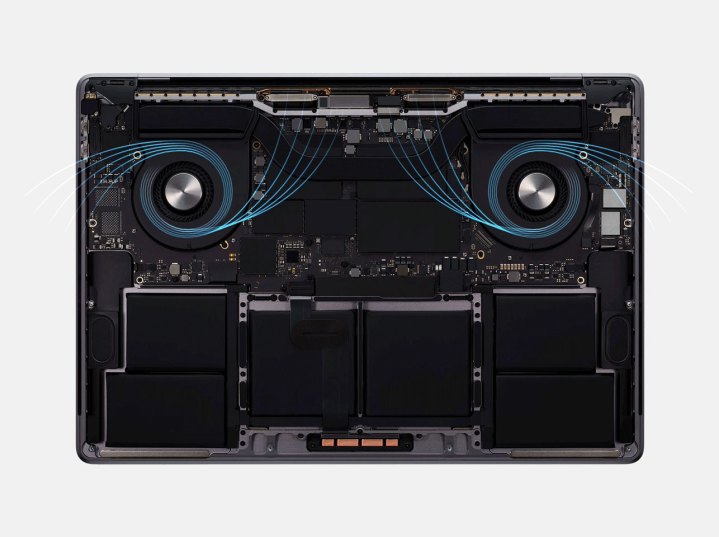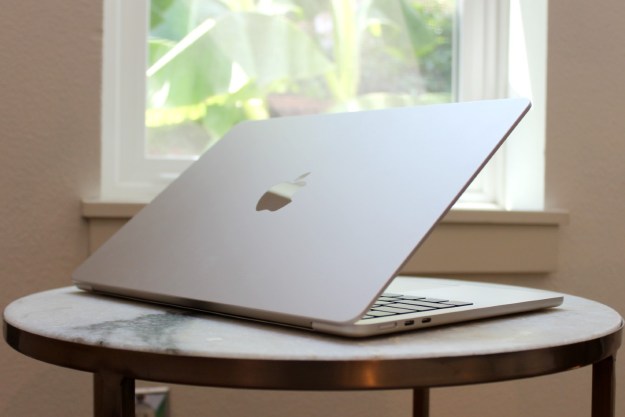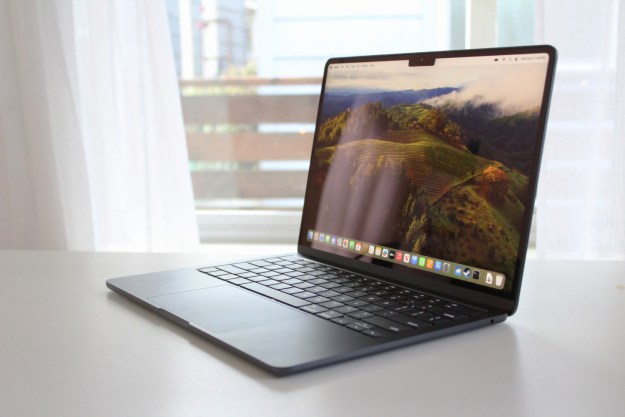Apple plans to switch its MacBooks from Intel processors to its own ARM chips by 2021. Why, you ask? Well, control over the internal components of its Macs is the obvious reason.
ARM chips could provide Apple with some hardware advantages too. Let’s be clear. ARM has yet to prove itself as a proper x86 replacement for Windows PCs, and there’s no direct evidence these ARM-based Macs will be more efficient than the current Intel options.
Apple’s success on iPads has been convincing, though, and the latest chips are even reported to use a 5nm process. These would be the smallest and most efficient nodes to be used in computers of any size. There’s more to processor efficiency than just the transistor size, but assuming these ARM chips bring a hefty dose of iPad-like efficiency to the Mac, here are some ways Apple could cash that out.
Thinner, lighter MacBooks

Apple loves thin and light devices, and seems to take any chance it gets to slim down the products it sells. The heat that a processor produces is one of the biggest challenges to overcome in pursuit of highly portable devices, especially if you have to toss in some chunky fans. Apple has tried fanless MacBooks, such as the 12-inch MacBook. It was Apple’s thinnest and lightest laptop ever made, but the restrictions in performance were notable.
The same isn’t true of the iPad Pro. It’s a thin and completely fanless device that still manages to pack plenty of performance under the hood. The A-series processor inside is ARM-based, and proves to be far easier to keep cool, all while competing with entry-level MacBooks in terms of performance. If Apple can take the lessons from the iPad and bring them to the MacBook, that could lead to laptops that are every bit as powerful, but even thinner than before.

While we’re all hoping for powerhouse processors are in the future of ARM MacBooks, more portable devices feels like the most marketable and Apple-like choice for the future of these designs. That’s especially true for the entry-level options in the lineup, such as the MacBook Air. As we’ve surmised in the past, those more affordable
Extra cores and higher frequencies

Rather than use the assumed efficiency from ARM chips on thinner devices, Apple could go the opposite route. Raw power. More efficiency can allow for things like extra cores and higher clock speeds — all the specs that translate to improved performance. These are areas where Intel’s progress in recent years has been slow. The company has been stuck on 14nm for many years, stagnating year-over-year performance gains.
We’ve yet to see an ARM chip on a PC surpass what high-end Intel or AMD can do, but we do have the Microsoft’s Surface Pro X. It’s a 2-in-1 laptop introduced in 2019 that was notable for offering an ARM processor in place of the traditional Intel equivalent, all while running a full version of Windows 10. While it has had some issues with app compatibility, it shows that performance-wise, ARM processors are able to at least compete with Intel for space in the PC landscape — especially in terms of entry-level performance.
That chip was called the SQ1, and it was made in partnership with Qualcomm, which happens to be Apple’s primary competitor in mobile ARM chips. With a 3.0GHz clock speeds, Microsoft claims the Surface Pro X offers up to three times more performance-per-watt than the Intel-powered Surface Pro 6.
While Microsoft wasn’t able to translate that high performance-per-watt efficiency into raw power, Apple already has a ton of experience in that realm with the iPad Pro. According to some reviews, the iPad Pro is 50% faster in benchmarks against the Surface Pro X.
At the very least, a more efficient chip should provide better cooling. Rather than go thinner and fanless, a smaller and more efficient chip could allow for space for beefier heat sinks or larger fans. The result would be a laptop with less performance throttling, a common issue with Apple’s high-end
More space for other components

If Apple uses a processor that does not require as bulky a cooling system as in years past, that could open space for other components to fill the void. In a device as compact as a MacBook, where every millimeter comes at a massive premium, that could be a potentially game-changing development.
For instance, the higher-end MacBook Pro models could be equipped with more powerful discrete graphics processors (GPUs). The
Whichever route Apple takes, it would be allowed a greater share of the power budget as less is being consumed by the processor. That would bring notable benefits to a range of GPU-intensive tasks, from advanced 3D modeling to gaming.
Better graphics is just one example. More space opens up endless options for other components in future Macs. The T2 Security Chip is a prime example, as Apple used small space savings to make room for a new co-processor that handles device security and audio, the SSD, and more.
It is anyone’s guess what Apple might have up its sleeve here, but the company is known to be working on several interesting ideas. Patents have revealed Apple is considering letting future MacBooks wirelessly charge other devices that are placed on their surfaces, while it has also patented the idea of the MacBook trackpad serving as a second display. Both concepts could use space saved by a smaller, more efficient processor.
Editors' Recommendations
- These 6 tweaks take MacBooks from great to nearly perfect
- If you buy one MacBook Air alternative, make it this one
- I’m worried about the MacBook’s next big rival
- The case for buying the M2 MacBook Air over the M3 model
- Why you should buy a MacBook Pro instead of a MacBook Air




